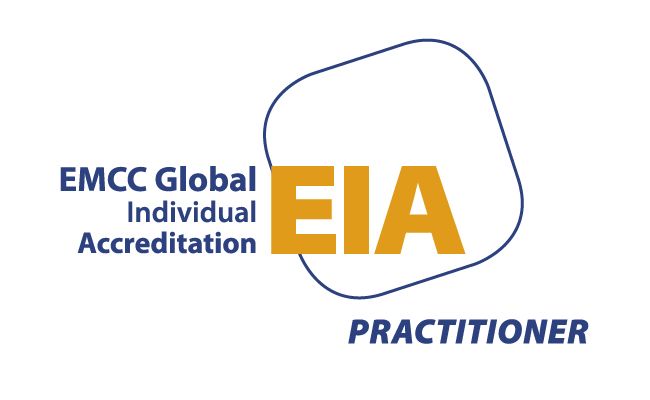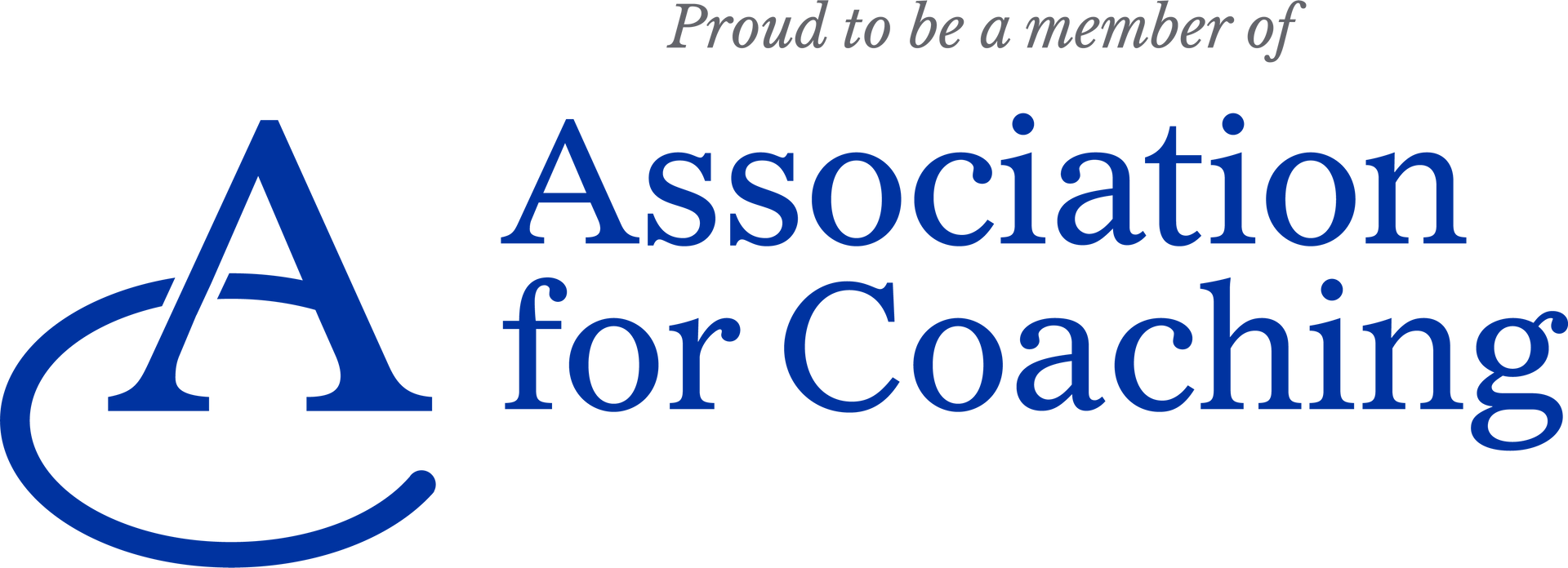Cognitive Diversity to win
Barbra Carlisle • April 4, 2025
Why Cognitive Diversity is the Leadership Advantage You’re Overlooking

The Hidden Problem in Leadership Teams
“We have an experienced team, but we keep running into the same issues. It feels like we’re stuck in a loop.”
Is this your experience? If so you are not alone.
This is basically group think – where we all just agree because it is the easiest path. Many leadership teams operate in this way, particularly in charities, non-profits, and housing associations, where leaders often rise through the ranks of the same sector. The result? A lack of cognitive diversity.
What is Cognitive Diversity, and Why Does It Matter?
Cognitive diversity refers to the differences in how people think, solve problems, and process information. Unlike demographic diversity, which focuses on visible characteristics like age, gender, or ethnicity, cognitive diversity is about how people approach challenges.
Research shows that teams with diverse thinking styles make better decisions and innovate more effectively. A 2023 study by the Chartered Management Institute (CMI) found that UK organisations with cognitively diverse leadership teams were 30% more likely to outperform their competitors (CMI, 2023). Yet, the same study highlighted that many UK charities and non-profits struggle to bring in fresh perspectives.
When everyone thinks alike, blind spots emerge. Leaders miss risks, overlook opportunities, and fail to adapt to change. But when teams include different problem-solving styles, they spot issues earlier, challenge assumptions, and generate more creative solutions.
Cognitive Diversity in Action
Think about a leadership meeting where a big decision needs to be made. You likely have:
• Visionary
thinkers—Big-picture, future-focused leaders who generate ideas but may overlook risks.
• Data-driven
analysts—Detail-oriented leaders who assess facts but may struggle to take decisive action.
• Relational
decision-makers—People who prioritise team impact and organisational culture.
• Action-focused
leaders—Those who push for decisions and implementation, sometimes too quickly.
Each of these thinking styles is valuable, but when one dominates at the expense of the others, teams become unbalanced. If only action-focused leaders drive decisions, risks get overlooked. If only relational leaders shape discussions, difficult decisions may be delayed.
In the case of one senior leadership team I worked with, their leadership team was dominated by big picture analytical thinks who were not big on detail and accountability. They were great at creating a vision, being ambitious on behalf of the organisation but less great at challenging and exploring concepts in practical next steps —they were missing those who ask, “Are we sure this is the right path and what steps are we planning to take to get there?”
Once you recognise what you are missing in a team you can start to take action. For example
1. Invite diverse voices
into decision-making—Bringing in external advisors and more analytical thinkers.
2. Shift meeting dynamics—Introducing structured time for challenge before decisions were finalised.
3. Giving yourself time
in the meeting to ask ‘What would a structural preference thinking say about this idea?”
The result? More strategic decision-making, fewer knee-jerk reactions, and a more adaptable leadership team.
How to Build Cognitive Diversity Into Your Leadership Team
If your leadership team feels like an echo chamber, here are three ways to bring in cognitive diversity:
1. Identify Your Team’s Thinking Strengths—and Gaps
Many leadership teams unknowingly over-rely on certain voices. Some are dominated by visionaries who struggle with execution. Others have practical problem-solvers but lack big-picture thinkers. A 2023 study by the Institute of Leadership & Management found that teams that balance strategic, relational, and execution-focused thinkers make decisions 25% faster and experience higher team engagement (ILM, 2023).
A simple step? Map out your team’s thinking styles and ask: Who do we need more of in the room?
At Glee we use 5 Voices or the Emergentics thinking tool to identify the dynamics in the room and to bring clarity in potential actions to mitigate group think.
2. Change the Way You Run Meetings
Most meetings favour the loudest and quickest thinkers. That means valuable perspectives—often from the more reflective members of the team—get lost.
One housing association I worked with changed their meetings by:
• Giving everyone time to reflect before discussions.
• Assigning someone to challenge decisions before finalising them.
• Encouraging those who think differently to speak first.
This small change led to better decisions and more balanced conversations.
3. Bring in Fresh Perspectives
If your team has been together for years, it’s easy to fall into groupthink. Actively seek outside perspectives—whether through board members, external advisors, or coaching.
A non-profit leader I worked with started bringing in junior team members for fresh input before final decisions. The result? More innovative thinking and higher engagement across the organisation.
Final Thought: The Leaders Who Value Different Thinkers
The most effective leaders don’t surround themselves with people who think like them. They build teams that challenge, refine, and strengthen ideas—because that’s where real innovation happens.
If you’re a CEO or senior leader looking to harness cognitive diversity to improve decision-making and team performance, let’s talk.
Book a meeting with Barbra from Glee Coaching today and start unlocking the full potential of your leadership team. Get in touch today barbra@gleecoaching.com




